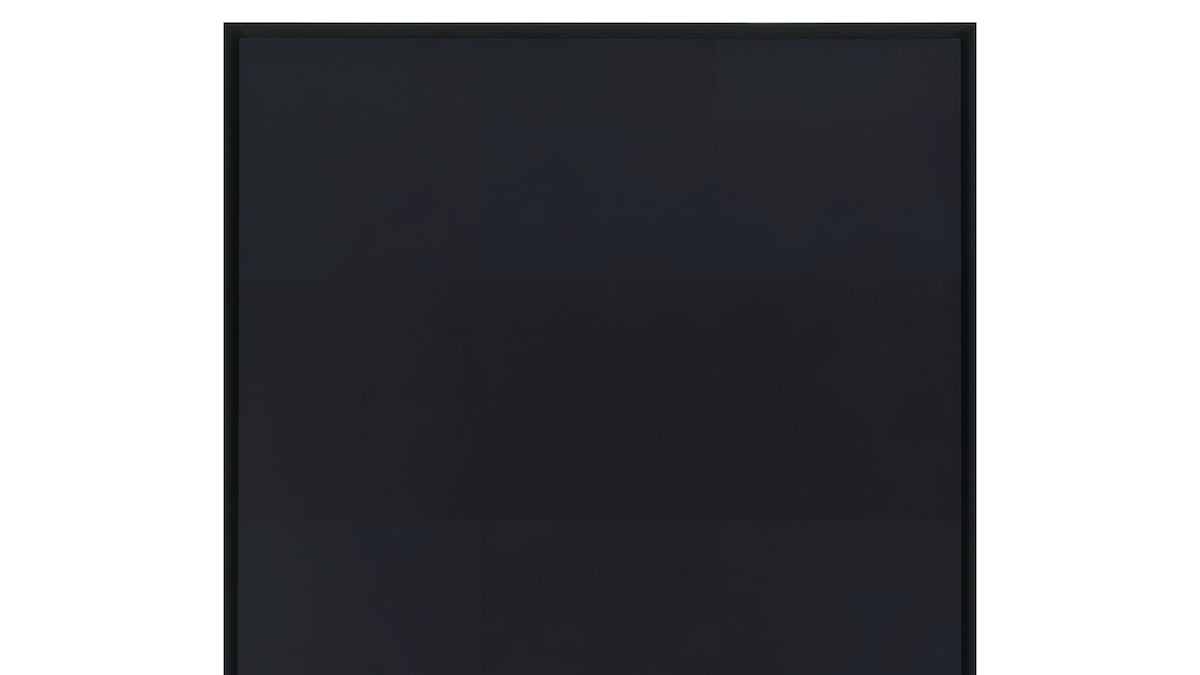Archive
(Whitney Museum of American Art, New York Purchase, with funds from The Lauder Foundation, Leonard and Evelyn Lauder Fund ©2013 Estate of Ad Reinhardt/Artists Rights Society (ARS), New York; courtesy David Zwirner, New York/London)
Ad Reinhardt Black Paintings are the Daily Pic by Blake Gopnik
Ultimate Abstraction
In the 1960s, the great abstractionist reveled in making absurdist pictures of (almost) nothing.

Trending Now





